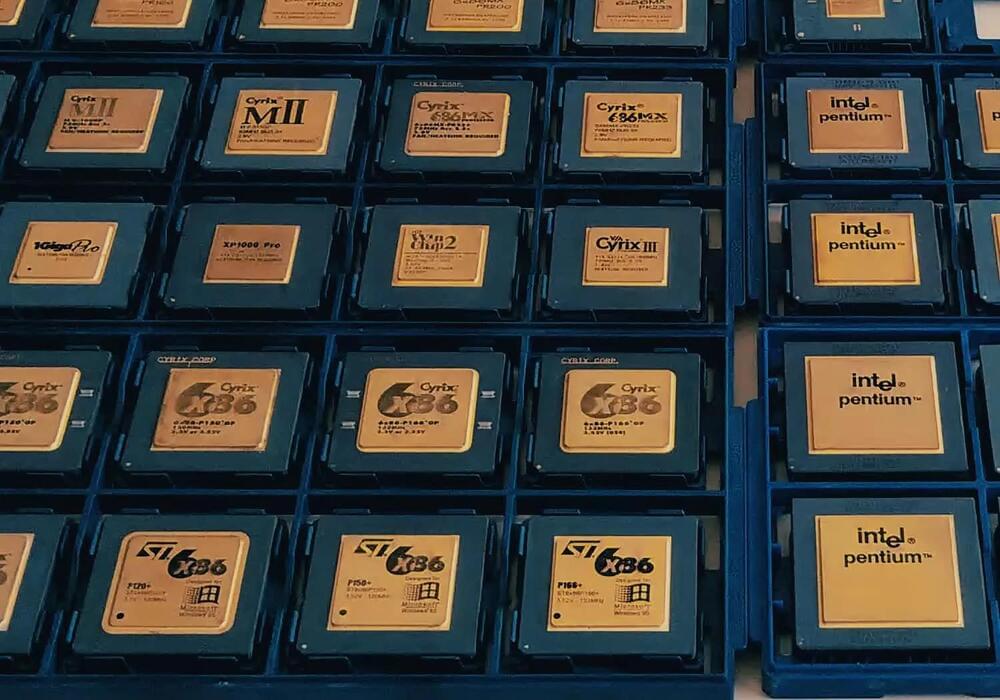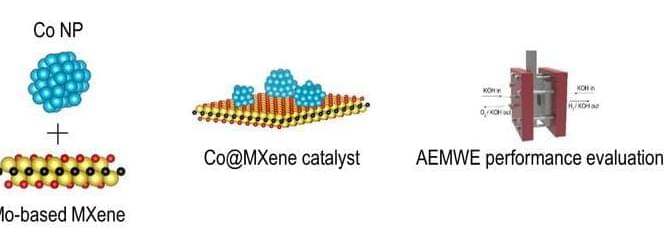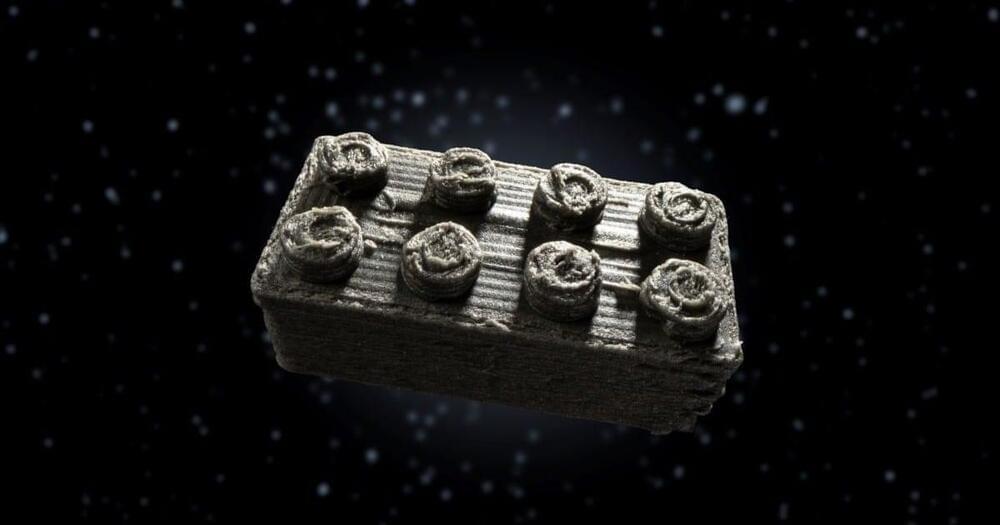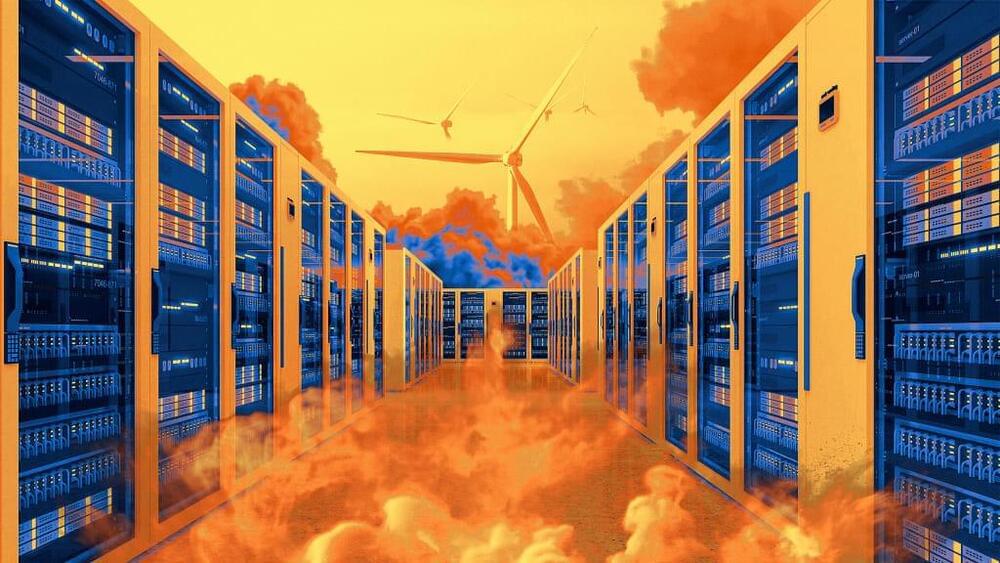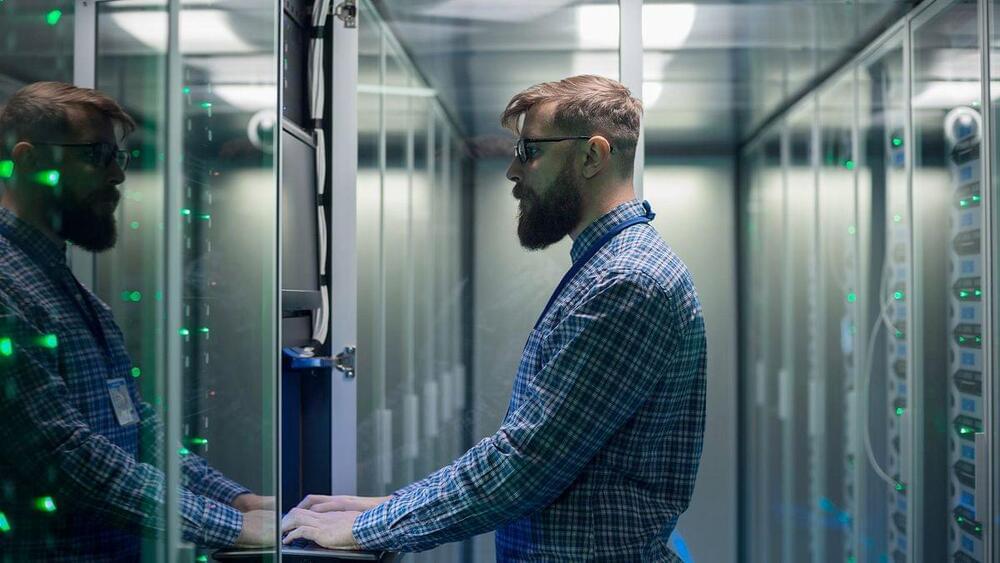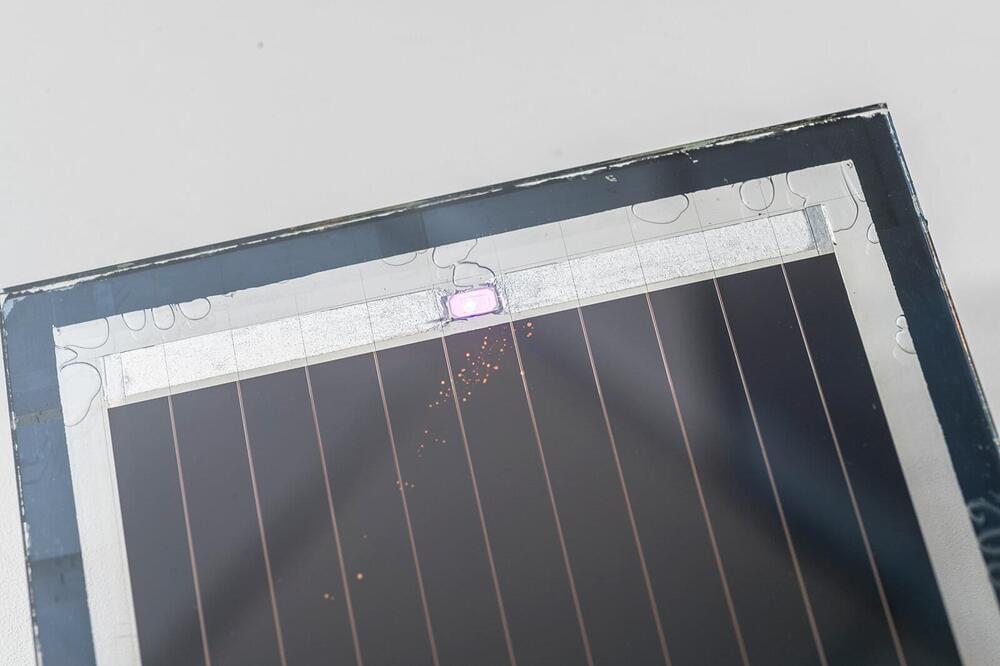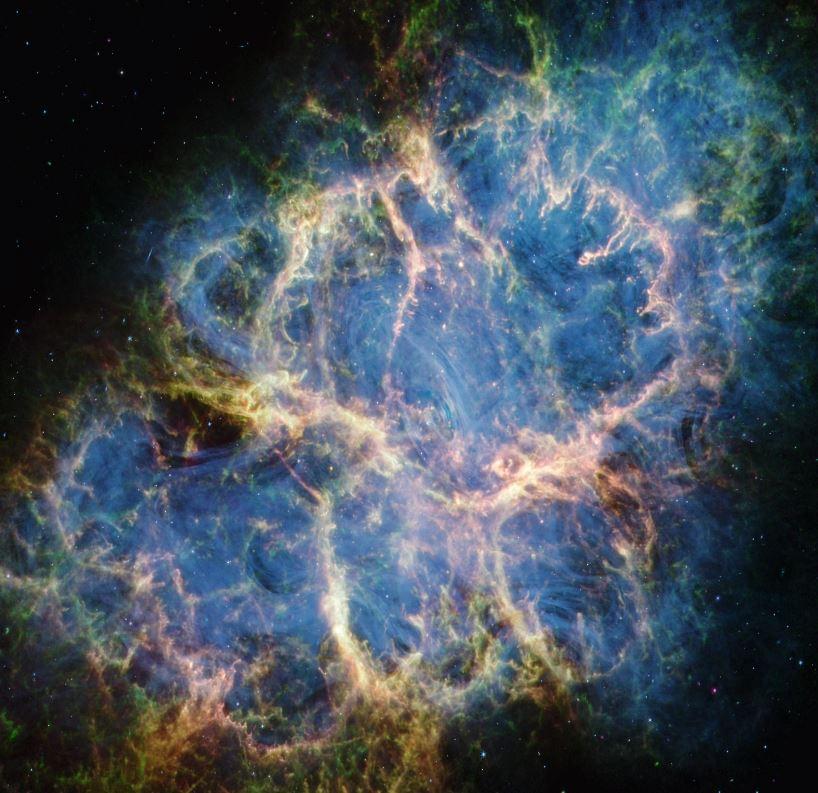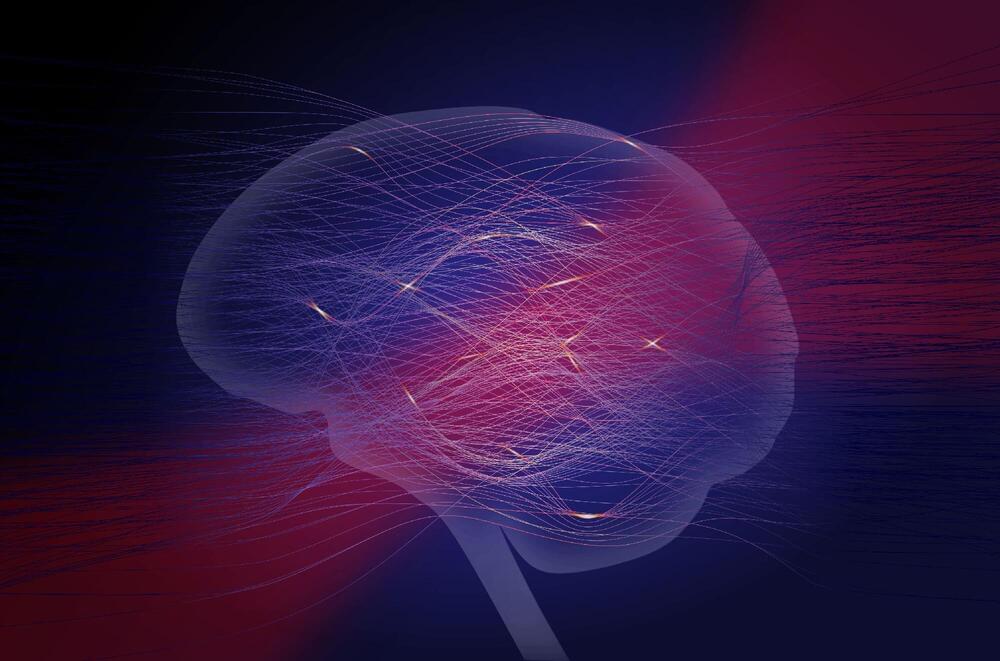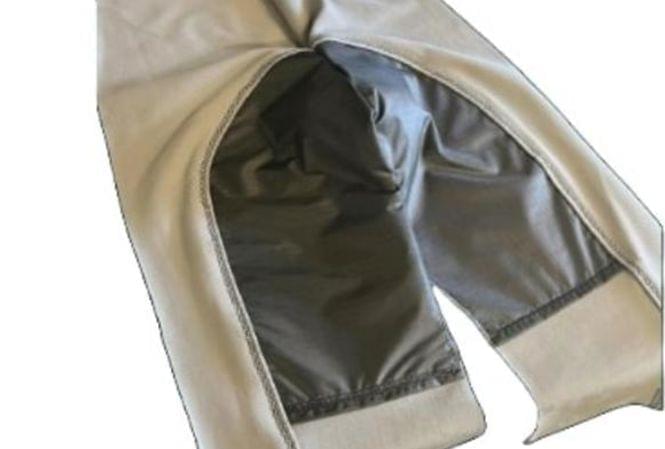Why it matters: Electronic devices, which encompass anything from mobile phones to data centers, are notorious energy hogs. One solution could be to harness their heat directly to create a technique for on-chip energy harvesting. The problem has been that none of the few materials able to do this is compatible with current technology in semiconductor fabrication plants. Now, researchers from across Europe have created a germanium-tin alloy that can convert computer processors’ waste heat back into electricity.
A research collaboration in Europe has created a new alloy of silicon, germanium, and tin that can convert waste heat from computer processors back into electricity. It is a significant breakthrough in the development of materials for on-chip energy harvesting, which could lead to more energy-efficient and sustainable electronic devices. Essentially, by adding tin to germanium, the material’s thermal conductivity has been significantly reduced while still maintaining its electrical properties, making it ideal for thermoelectric applications.
The researchers are from Forschungszentrum Jülich and IHP – Leibniz Institute for High Performance Microelectronics in Germany, the University of Pisa, the University of Bologna in Italy, and the University of Leeds in the UK. Their findings made it onto the cover of the scientific journal ACS Applied Energy Materials.
